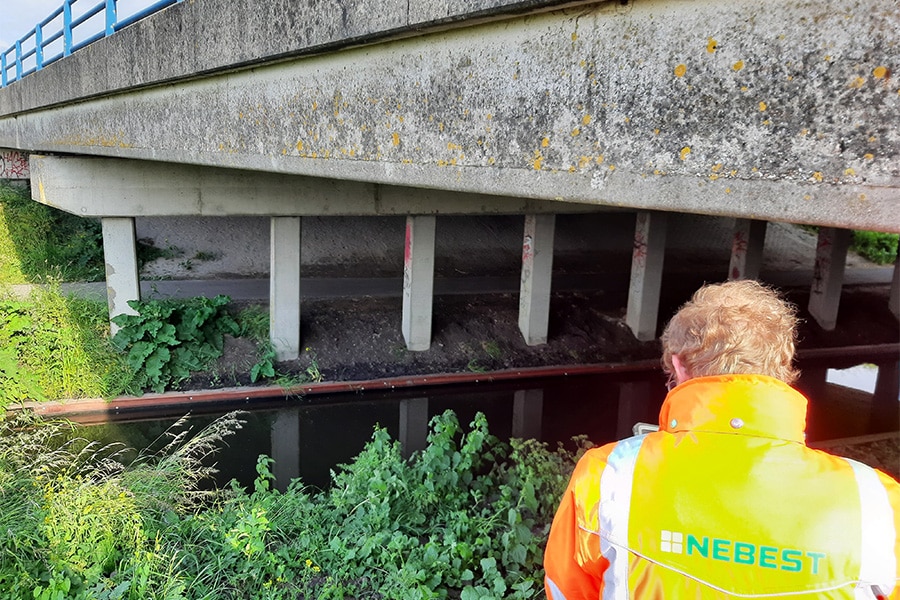
INTERVIEW | Big risks in composite structures
Fire rating is under the magnifying glass
Anyone who has a building erected by skilled parties expects the building to comply with regulations and that fire safety is taken care of. But the truth turns out to be different. There are gaps in the determination method that drives the regulations. In addition, application of the regulations is no guarantee that a building is "fire-resilient.
This is the conclusion reached by Ruud van Herpen, senior fire safety consultant and technical director of Nieman Consulting Engineers. "The regulations seem clear," he notes. "Larger buildings are divided into compartments so that fire spread is delayed. We create escape routes and limit smoke spread. The requirements for supporting and separating structures are clear. However, it is unclear how composite structures can meet them. Especially in stacked housing construction, this poses fire risks."
Individual parts
In parts, sufficient testing is done with small-scale test methods. The materials used in constructions are tested for the required fire class and, in the case of fire-resistant partitions, the fire resistance is tested to ensure that they are sufficiently high. Van Herpen: "However, these measures are negated if the fire can travel along the facade, short-circuiting the fire compartmentation."
Fire rating under the magnifying glass
A glaring example is the 2017 fire at London's Grenfell Tower. This fire broke out on the fourth floor of the 24-story building and was initially assessed as "harmless. But flames reached the fire-prone facade panels, combustible insulation material and combustible parts in the facade structure. The residential tower burned down completely. "That woke us up," Van Herpen says. "Since then, the fire class of exterior facades has been under the magnifying glass. Testers and engineers across Europe are still investigating how to test for fire class compliance in composite structures. If individual elements in a construction meet fire class B, it does not mean that the whole construction has fire class B."
Better information
Van Herpen is also a practical instructor at TU Eindhoven, where he teaches structural engineers how to tackle the problem at its source. He makes them aware of the purpose of the regulations, offers solutions for facades and teaches how to make detailing reliable so that a fire does not "pass through. He also educates from his own consulting practice.
"Compartmentalizing buildings with fire barriers is a sensible, effective measure," he says. "It gives time to escape and render aid. But the failure rate of those partitions can be as high as 50%. We seem to think this is acceptable, even for sustainable properties. But I see this differently. A property is considered sustainable when it scores a high sustainability label. However, fire safety is not part of such a label, which makes a burn-down scenario real. You cannot claim with dry eyes that a building with a burndown scenario is a sustainable building."
New risks
Much remains to be done in the field of fire safety. For example, airtight construction creates new fire scenarios and the aging population poses new fire risks. What is the strength of escape routes in residential/care centers if the majority of residents have mobility problems or dementia and cannot use the escape routes? "We are more aware of existing risks, but new risks are also emerging all the time. Regulations need to anticipate these developments more quickly."



